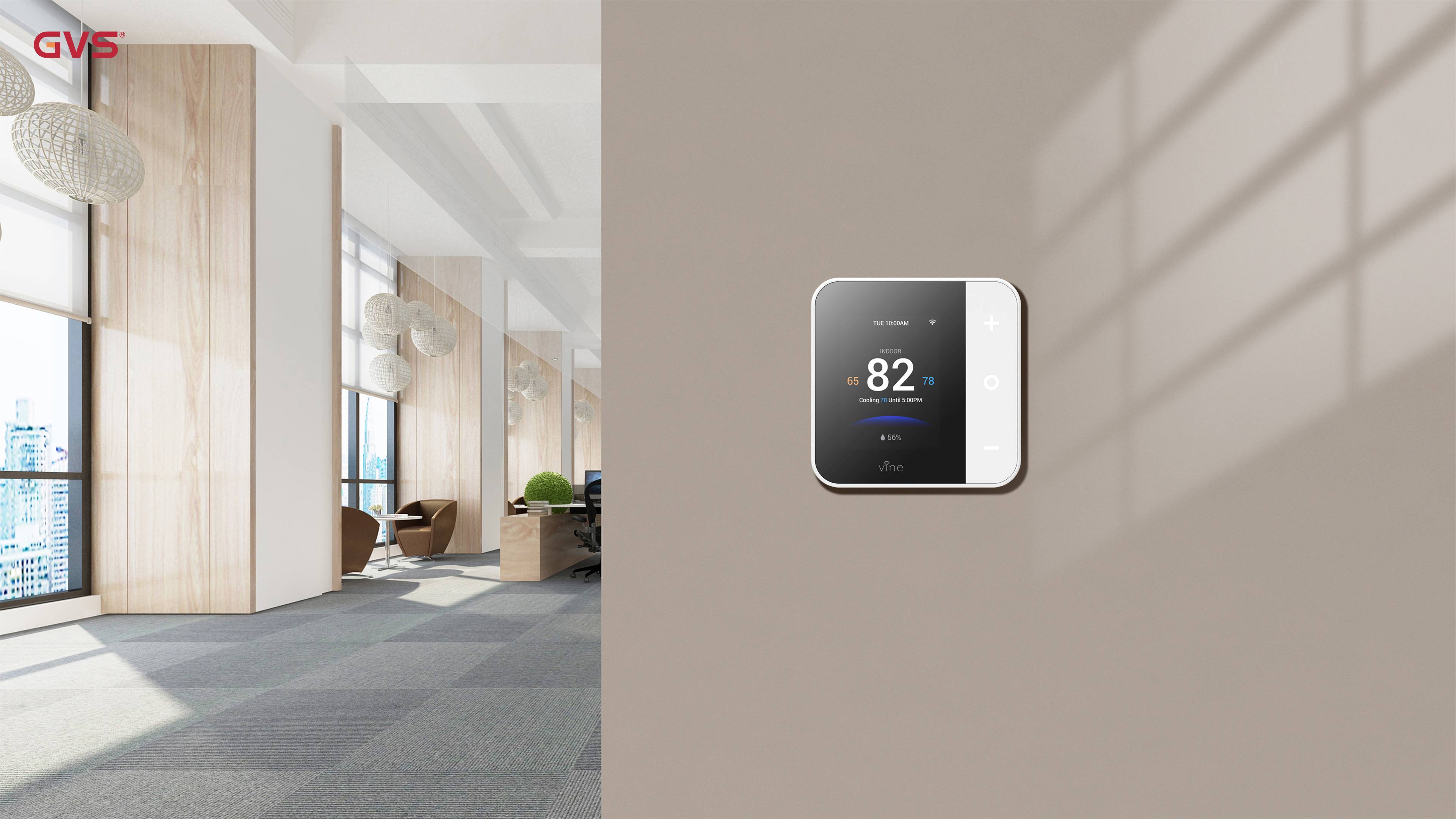Introduction to Smart Home
Smart home refers to the integration of devices and systems that enhance residential comfort, convenience, and security through automation. As part of the Internet of Things revolution, smart home allows homeowners to control their living environments remotely via smartphones or connected devices. This seamless connectivity between appliances fosters a more efficient, personalized living experience, making it an attractive choice for modern households.

How Smart Home Works
Smart home systems operate through a network of interconnected devices that communicate with one another. These devices can be controlled through a central hub or smartphone app, allowing users to automate daily tasks. For instance, a smart thermostat learns your schedule and adjusts the temperature accordingly, while smart lights can be programmed to turn on or off at specific times. Voice-controlled assistants, like Amazon Alexa or Google Assistant, further enhance the system by enabling hands-free control of various devices, contributing to an intuitive home environment.
Components of a Smart Home
A smart home is typically composed of several key components, including:
Smart Appliances: Refrigerators, ovens, and washing machines that can be controlled remotely.
Smart Lighting: Adjustable lighting systems that can change brightness and color through GVS apps or GVS smart touch like KNX Smart Touch S3,KNX Smart Touch S7, Smart Home Server Z10, KNX Waltz Touch+ Pad, etc.

Smart Thermostats: Devices that learn user preferences and optimize energy usage for heating and cooling. We have Wi-Fi thermostats like ST300,TJ-919T,TJ-560.

Security Systems:Cameras, motion sensors, and smart locks that enhance home security and can be monitored remotely.
Home Hubs:Central control units that connect various devices and facilitate their communication. GVS can provide the solution for your home and integrate all KNX device, so that you can cotrol them easily.

Advantages and Disadvantages of Smart Home Technology
While smart home technology offers numerous benefits, it also comes with certain drawbacks:
Advantages:
Convenience: Automating daily tasks saves time and effort.
Energy Efficiency: Smart devices optimize energy usage, leading to potential savings on utility bills.
Enhanced Security: Remote monitoring and control of security systems provide peace of mind.
Customization: Homeowners can tailor their living environment to suit their preferences.
Disadvantages:
Cost: Initial investment in smart devices can be high.
Complexity: Setting up and maintaining a smart home system may be challenging for some users.
Privacy Concerns: The connectivity of devices raises potential security and data privacy issues.
How to Build a Smart Home
Building a smart home involves several steps:
Identify Your Needs: Determine which aspects of your home you want to automate.
Choose Compatible Devices: Select the brand and devices that work well together, preferably from the same ecosystem.
Set Up a Central Hub: Install a home hub or choose a smartphone app to control all your smart devices.
Install and Configure Devices: Follow the manufacturer’s instructions for setup and connect each device to your network.
Customize Automation: Create routines and schedules to optimize your smart home experience.
Common Questions About Smart Home
Q1: What are the benefits of smart home technology?
A1: Smart home technology offers convenience, energy efficiency, enhanced security, and customization options.
Q2: Are smart home devices secure?
A2: Smart home devices can be secure through technologies like KNX encryption, which ensures data integrity and authenticates devices on the network. By implementing strong passwords, regular updates, and network security, homeowners can further enhance their smart home security.
Q3: Can I integrate different brands of smart devices?
A3: Yes, many devices are designed to work with multiple platforms, but compatibility should be checked before purchasing.
Q4: How much does it cost to set up a smart home?
A4: The cost can vary widely based on the number of devices and complexity of the system, ranging from a few hundred to several thousand dollars.
Conclusion and Future Trends in Smart Home
As technology continues to advance, the future of smart homes looks promising. Emerging trends include increased integration of artificial intelligence for smarter automation, enhanced security protocols to protect user data, and more user-friendly interfaces that simplify operation. With companies like GVS leading the charge in intelligent living solutions, homeowners can expect even more innovative products designed to elevate their living experience. Embracing smart home technology not only enhances convenience and efficiency but also paves the way for a more sustainable future.
